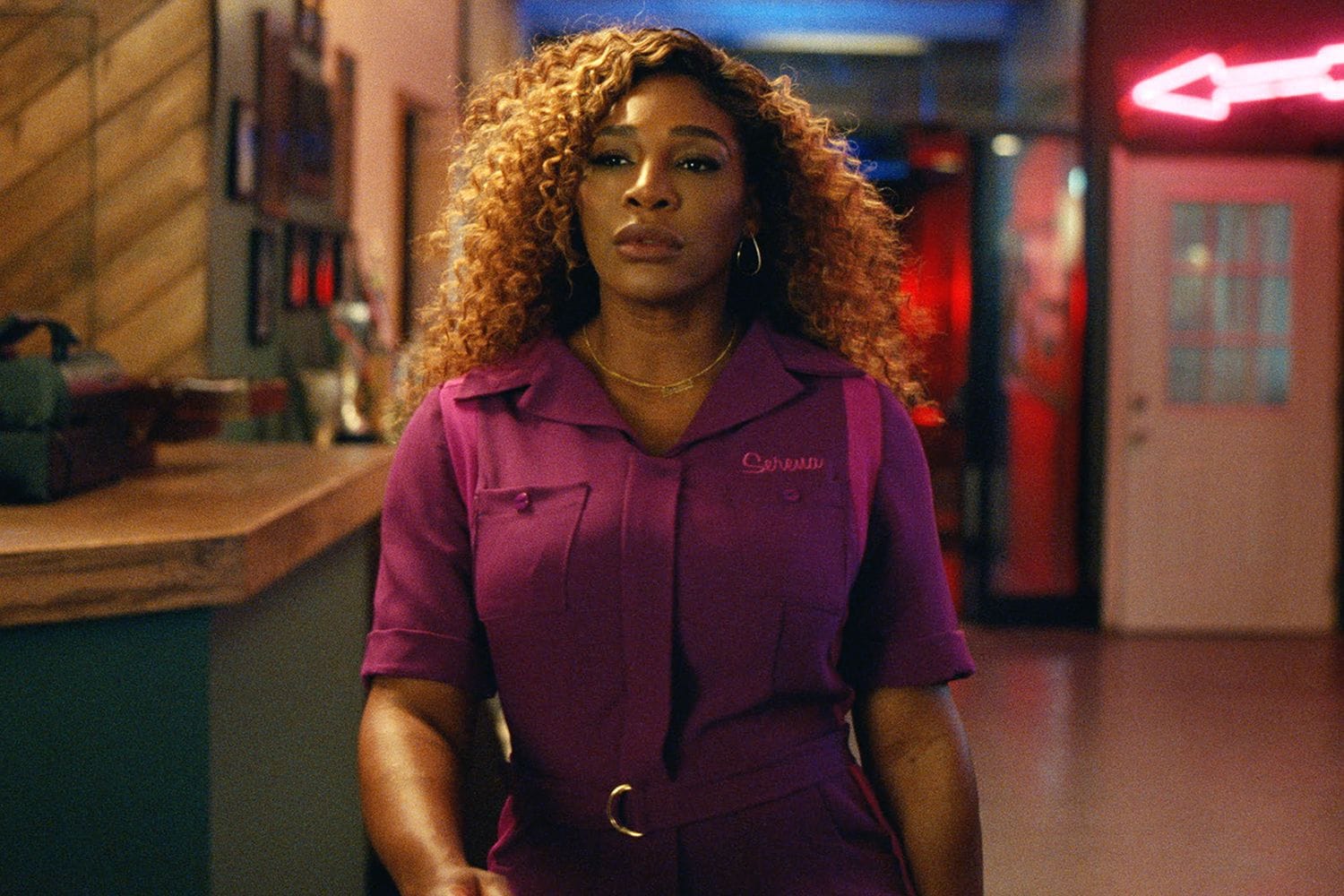Serena Williams, the tennis icon with an indelible mark on sports history, carved out a new space in the realm of entertainment at the Super Bowl LIX halftime show. This highly anticipated event, headlined by Kendrick Lamar, was hosted at New Orleans’ Caesars Superdome, uniting millions of viewers for a musical extravaganza that has become a hallmark of the championship game.
Taking up the mantle of being the first solo hip-hop artist to headline the Super Bowl halftime show, Kendrick Lamar delivered a performance enriched by engaging visual artistry and resonant messages. Adding to the enigma of his set was the unanticipated presence of Serena Williams, who stepped onto the stage to the incredulous delight of fans worldwide.
The performance began with Lamar showcasing some of his greatest hits, drawing on his prolific career, which spans multiple Grammy wins and a Pulitzer Prize. But the highlight came toward the finale when the sporting great-turned-stage sensation made her entrance. Williams, whose career serves as a testament to grit, excellence, and impeccable style, showcased more than just her ability as a dancer.
Donning a stylish outfit that symbolized a perfect blend of her signature elegance and urban flair, Williams came into sync with Lamar’s magnetic storytelling. As the rhythm of “Not Like Us” intensified, Williams executed dance moves reflective of her roots, including a flawless “Crip Walk” — a nod to Compton, California, where both icons were raised. The collaboration transcended the conventional boundaries of hip-hop and sport, creating an iconic cultural moment.
Music and sports enthusiasts were quick to recognize the symbolism of this partnership. Both Williams and Lamar represent the zenith of their domains with a shared passion for Compton’s spirit and perseverance. Fans hailed the moment as a powerful testament to the potential of cross-discipline collaborations.
Williams’ cameo during the Super Bowl halftime show was not a mere act of entertainment. It revived memories of her journey from the tennis courts of Compton to international superstardom. Paired with Lamar’s socially conscious artistry, the moment became a rich tapestry of inspiration, talent, and the resilience that defines their shared hometown.
On social media platforms, the audience erupted with awe and admiration. Many remarked how Williams embodied the principles that Lamar’s lyrics have often highlighted — defying expectations, breaking barriers, and claiming her narrative. Comments praising her surprise appearance went viral, cementing her evolution from a tennis legend to a broader cultural figure.
Lamar himself, known for celebrating his roots, orchestrated the cameo with meticulous thought. The collaboration was a deliberate choice rather than a random act born of convenience. Lamar’s recent album had explored topics like self-realization, forgiveness, and societal introspection, and creating a moment with Williams perfectly aligned with such themes.
Serena Williams’ participation also carried personal undertones. While her athletic prowess needs no introduction, her presence signaled her transition into a new phase post-retirement from competitive tennis. Just as her career was defined by trailblazing achievements, this artistic collaboration was a reminder that her sense of performance transcends conventional courts and categories.
As for Lamar, the halftime show reinforced his stature as one of the leading musical and cultural voices of the generation. His exploration of African-American identity, resilience, and pride assured his relevance and skill as a communicator of larger societal issues.
From a broader view, the inclusion of Serena Williams in a rap concert epitomized the potential of the Super Bowl halftime show’s traditional mission. It created moments that juxtaposed athletics, culture, music, and shared origins, connecting and resonating with diverse viewership. Such moments cement the Super Bowl’s position not just as an athletic showdown but as a showcase of global cultural milestones.
Without a doubt, Serena Williams’ unforgettable contribution to Kendrick Lamar’s performance amplified the significance of an already illustrious event. By weaving narratives of perseverance, artistry, and honesty, both Williams and Lamar invited audiences worldwide to embrace a collaborative future made richer by diversity and appreciation of shared roots.


